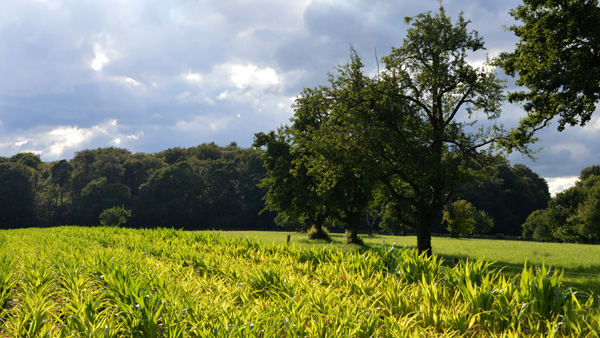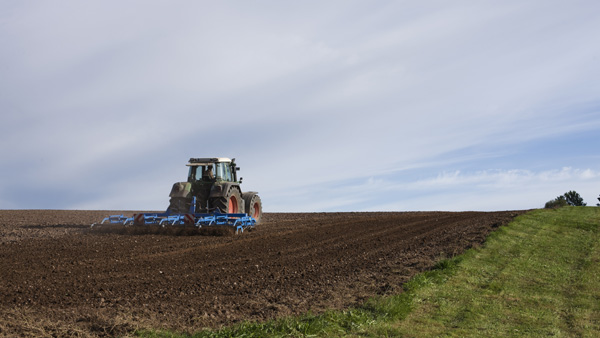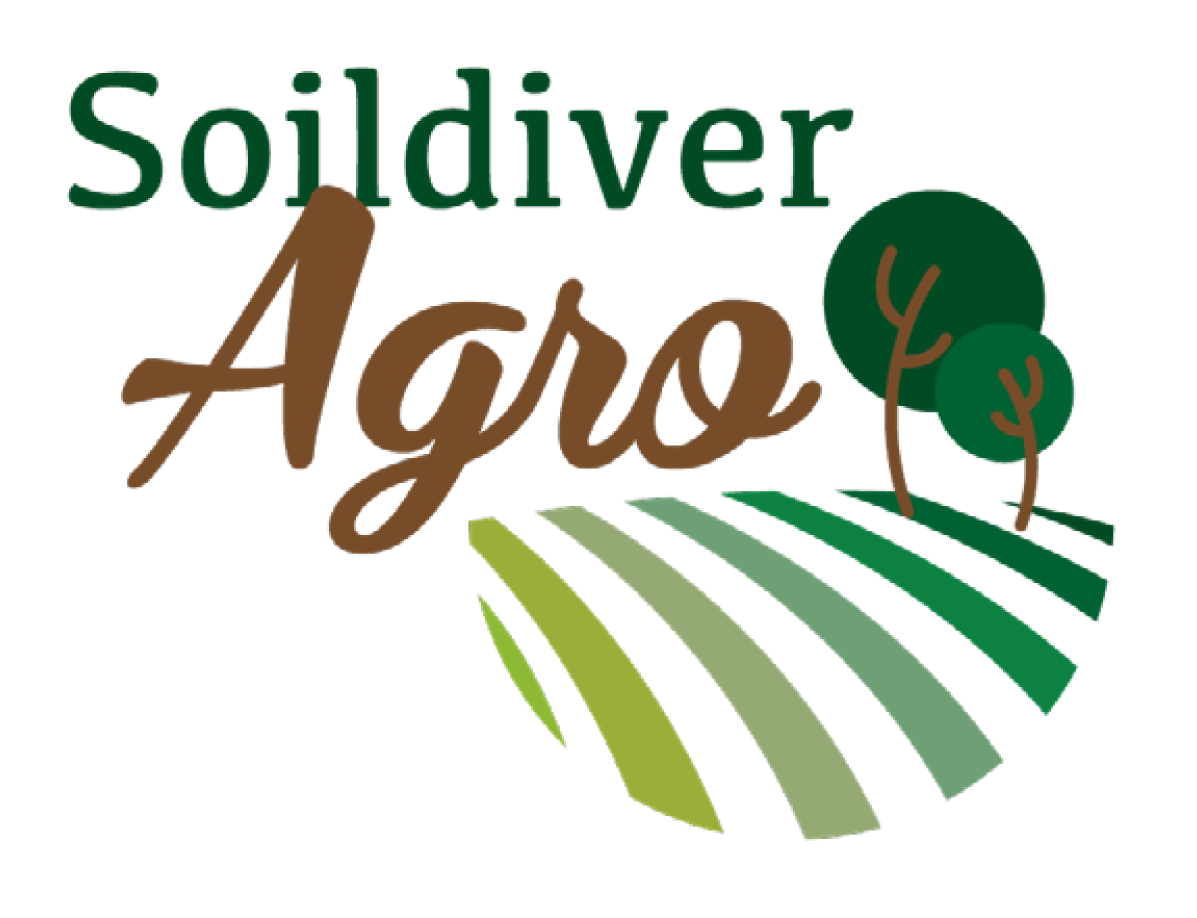Expected impacts

Expand the agro-ecological knowledge base on the links and dynamics between biodiversity and agricultural production
Assessing the biodiversity across 9 different pedoclimatic regions throughout Europe will allow a better understanding of the effects of climate, soil characteristics and crop system. In addition, the genetic and functional analysis of the biodiversity of soils under different managements will allow establishing relationships between the presence and distribution of soil organisms and the crop health in different areas.

Deliver best practices based on production systems (both conventional and organic) that combine support for biodiversity with value creation
One of the main objectives of the SoildiverAgro is to develop a crop manual with managements that promote biodiversity, maintaining or improving crop production and quality, while costs are reduced. This will be achieved through an in-depth analysis of the genetic diversity and socio-economic aspects of the 15 case studies. The crop manual will include those practices that promote biodiversity and are profitable for the society.

Develop methods and tools to assess, evaluate and monitor different levels of diversity (genetic, species and ecosystem) as well as the linkages between agro-biodiversity and ecosystem services
Three new methods will be developed for the analysis of the diversity of soil fauna, tools that will facilitate the evaluation and control of biodiversity in the soil. These methods will contribute to the search for links between diversity and: plant health, crop yield, quality and value, input reduction, soil fertility, pollution reduction, plant emissions greenhouse gases and the carbon sequestration.

Define operational biodiversity targets from the field to regional level
Once the biodiversity and soil characteristics, cultivation practices, climatic conditions, and profitability have been analyzed, the operational biodiversity targets will be determined (functional groups, density, activity, wealth and uniformity of functional or taxonomic groups / species, and abundance of beneficial organisms or pathogens).

Deliver strategies and tools for biodiversity focused soil management
New crop management techniques will be developed to solve current economic, agronomic and environmental problems and threats in agroecosystems. These techniques will be based on the use of interactions between plants and organisms and the use of fauna adapted to each pedoclimatic region. The use of the proposed management practices will reduce the use of inorganic fertilizers and pesticides. With the reduction of these two inputs, we expect an increase in soil biodiversity, since they normally have detrimental effects on soil organisms.
Since the toxicity of pesticides primarily damages soil fauna, we expect positive effects on earthworms and, therefore, on plant growth. The introduction of more diverse crop rotations, multiple crops, and inter-cultures will contribute to improving soil biodiversity, and the same will be expected for the use of organic and industrial by-products in crop systems.

Reduce the dependence on external inputs in plant management through effective plant-soil interactions and the use of soil organisms
Synergies between plants and organisms will contribute to the reduction in the use of fertilizers, pesticides, and fuel. This translates into a reduction in imports, an improvement in environmental health, the enhancement of the micro and macro biodiversity of the soil and the reduction of crop production costs. For example, the use of mycorrhizae will increase the protection of plants against pests and diseases and will improve the absorption of phosphorus by plants, contributing to the reduction in the use of inorganic fertilizers and pesticides. The introduction of better crop rotations, multiple crops and crops interspersed with legumes, trap crops and nutrient capture crops will also reduce the use of inorganic fertilizers and pesticides. In addition, the development of pest alert systems will minimize the use of pesticides and machinery, which contributes to pesticide reduction and fuel use.
Additional impacts
The recommendations provided by SoildiverAgro will be useful for integrating the conservation and improvement of soil biodiversity into EU policies, such as the CAP, rural development programs, the EU biodiversity strategy, the soil thematic strategy, fertilizer regulations, the EU bio-economy strategy, etc.
During the project, knowledge about the state of soil biodiversity in the EU will be expanded, new methods for assessing soil biodiversity and new management practices to reduce agricultural problems will be developed. These practices will be delivered directly to end-users through the Communities of Professionals, ensuring the rapid transmission of information to the agricultural sector. Information on crop improvement and crop management will also be shared through brochures, newsletters, research reports and research papers published in peer-reviewed international journals.
The creation and practical application of new products will favor the creation of opportunities for SMEs involved in SoildiverAgro, while farmers will have new innovative products, systems and practices to increase land productivity, improve product quality and reduce costs associated with agricultural inputs. Therefore, the stability of the agricultural sector will increase and be strengthened, especially if the results of SoildiverAgro are incorporated into EU policies.
The decrease in biodiversity caused by climate change can only be stopped with substantial changes in policy and practice. The techniques that will be developed and studied with SoildiverAgro are designed to reduce soil contamination and increase the carbon accumulation in the soil, and to reduce the greenhouse gas emissions and the use of pesticides, fertilizers, fuel, etc.

